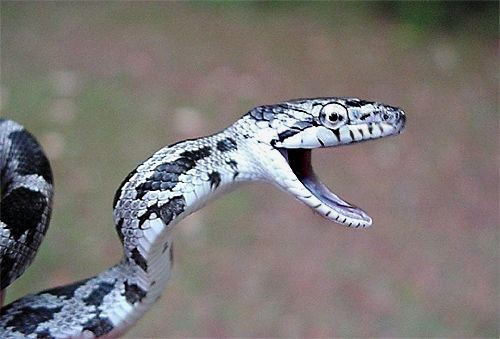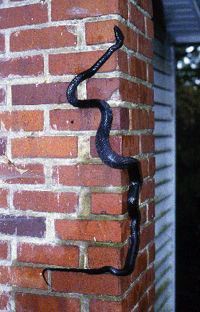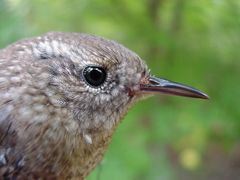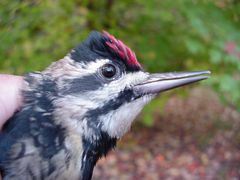 HOME: www.hiltonpond.org |
|||
|
|
THIS WEEK at |
 HOME: www.hiltonpond.org |
|||
|
|
THIS WEEK at |
|
Its Hiss Is Bigger Than Its Bite There's little doubt that autumn has arrived at Hilton Pond Center. Tree leaves that survived the long summer drought are taking on orange and purple hues, and wood warbler migration is nearly complete. Plus, there's a "fall shuffle" going on in the Animal Kingdom--with many species wandering about as they leave their natal areas in pursuit of a mate or a quiet place to spend the winter. Over the next few weeks you may find that everything from mice to ladybugs has attempted to invade that big, warm, dry, safe place you call "home"--which is why we weren't surprised one chilly morning this week to see a snake a' crawlin' through our front door. We also weren't surprised when the creature reared back and struck as we tried to defend "our" territory.  Some people we know would be alarmed to have a snake striking at their pantlegs, but we just smiled out loud as the serpent repeatedly reared and swung toward us with menacing jaws agape. Strike, recoil, strike--a classic aggressive behavior that apparently was intent on driving us away from the entrance to what this snake likely perceived as the warmest place available. After several minutes, we grew impatient with the snake's antics and--since we were already running late for an off-grounds appointment--we did the logical thing: We reached down, picked up the snake, put it in our coat pocket, zippered it shut, and drove on into town.
At first glance, our little reptile didn't look much like the common Black Ratsnake, Elaphe obsoleta, with which most folks are familiar. Most people recognize adult Black Ratsnakes and welcome them for their rodent-eating habits, but their young do not fare as well.
 If you enjoy "This Week at Hilton Pond," please help Support Hilton Pond Center for Piedmont Natural History. It's painless, and YOU can make a difference! For more information and photos about Copperheads, see "Copperhead!" |
|
 Only the fifth one captured locally since 1982 The following species were banded this week (8-14 October): Ruby-crowned Kinglet--1
NOTABLE RECAPTURES WITH ORIGINAL BANDING DATES: Northern Cardinal (1) 04/20/97 Yellow-bellied Sapsucker (1) 10/24/00 Carolina Wren (1) 06/28/98 |
WEEKLY BANDING TOTAL YEARLY BANDING TOTAL (2001) 73 species 1,172 individuals BANDING GRAND TOTAL  This northern breeder spends winter across the southeastern U.S. |
|
Up to Top of Page Current Weather Conditions at Hilton Pond Center |
 "HUMMINGBIRD MORNINGS" "HUMMINGBIRD MORNINGS"In 2001, informative and entertaining hummingbird banding presentations were held at four Carolinas locations for more than 500 participants. For more info, and especially if your group would like to host "Hummingbird Mornings" in 2002, click on the hummingbird drawing at left. |
 post questions for The Piedmont Naturalist |
 Nature Study Network |
Hilton Pond Center |
|
|